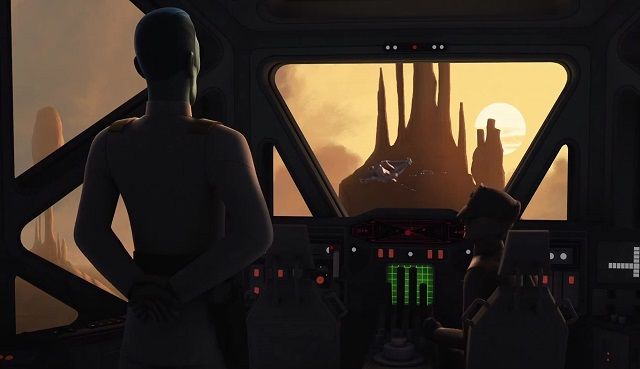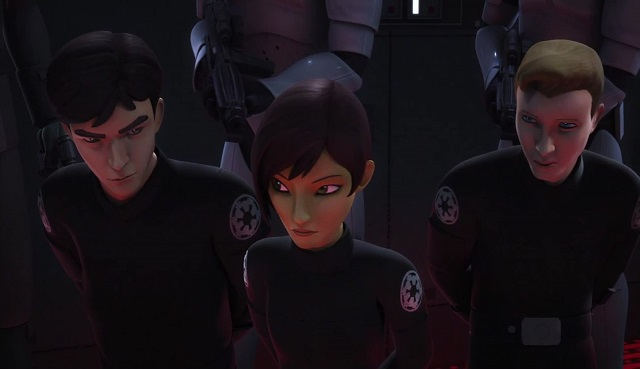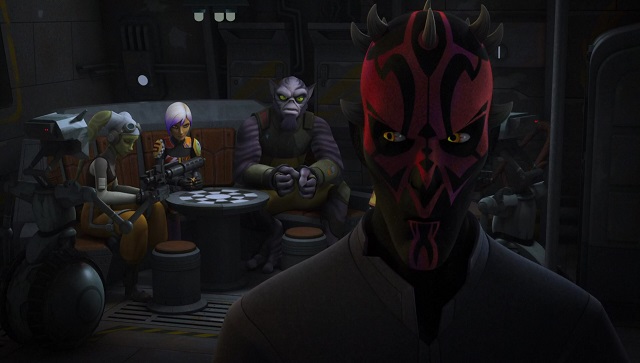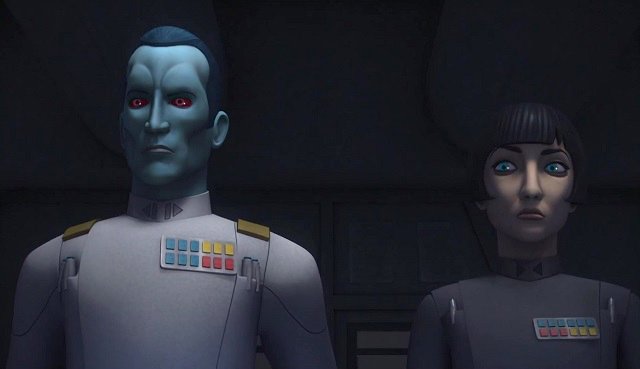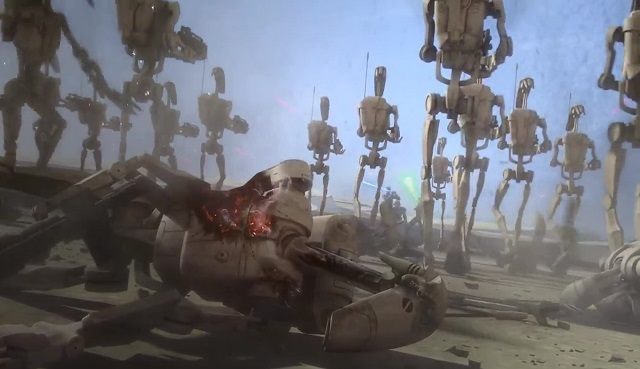
We’ve brought up The Clone Wars a lot in this column as we’ve discussed Rebels, both because it’s the latter’s direct predecessor in terms of production, and also because Rebels itself has featured the characters and events carried over from its own series quite a number of times. But Rebels has also done something in relation to TCW that sequels often do: a better job of explaining, extrapolating and summarizing their predecessor than the original work itself ever did.
The Clone Wars was a scattered show in terms of its plot and tone, as often happens to shows with long runtimes. But even as long as it did last, TCW still felt like it was cut short, leaving many running plots unresolved and some characters in limbo. While some of the stories ended on perfectly acceptable notes (Ahsoka leaving the Jedi, Maul’s insurrection being ended) those were not the last installments the TCW team had planned to tell about them. Each story had more to go, and that was evident before and after the show’s actual cancellation.
Rebels is doing its part, not to replace those stories that would have happened if the show had not been cancelled, but to be a proper sequel series that would exist no matter how long TCW itself had run. What “The Last Battle” is meant to show isn’t the end of the Clone Wars, the actual war itself ended well over a decade before when Order 66 came down and the droid army was deactivated. This episode shows us (and Ezra) what scars were left behind by that war, and lets us see it with the benefit of hindsight. Read More
